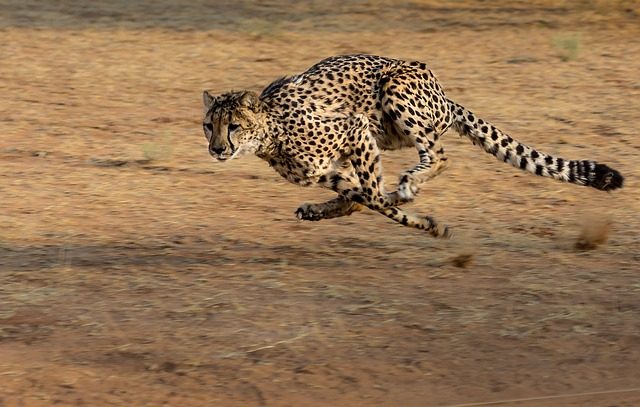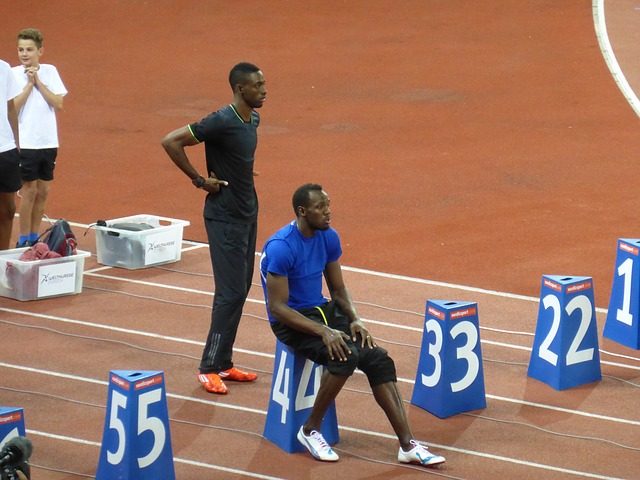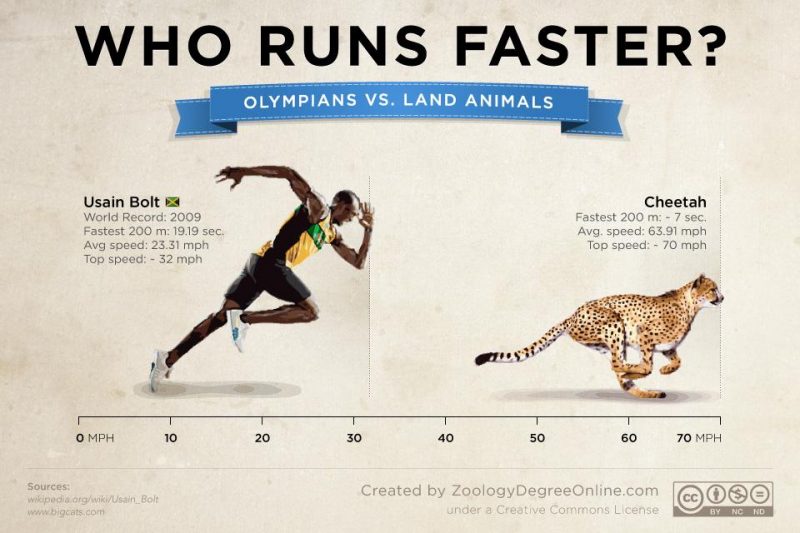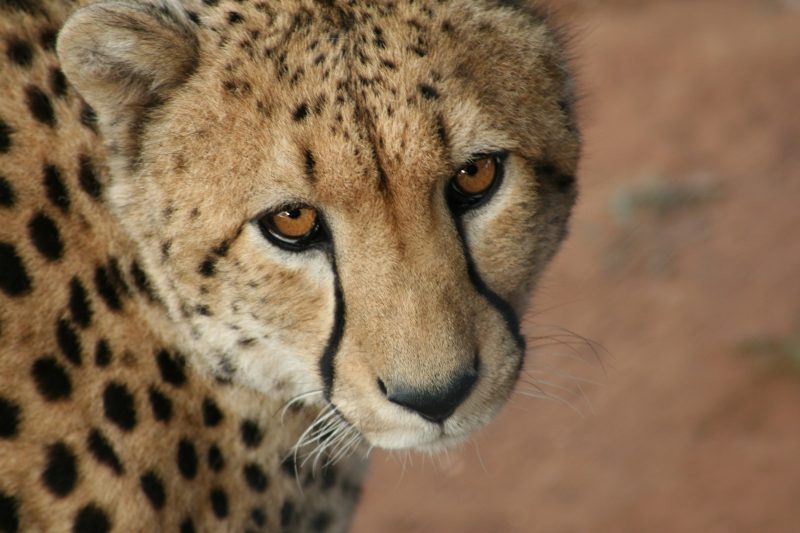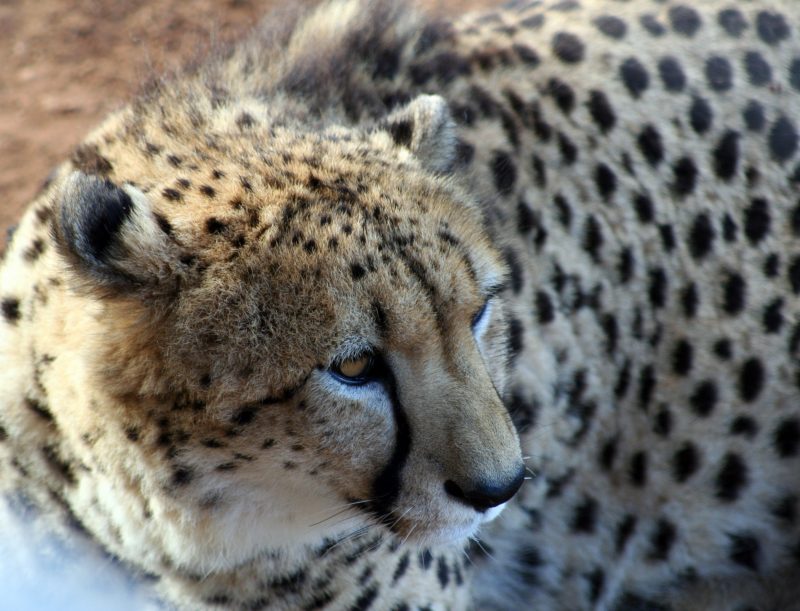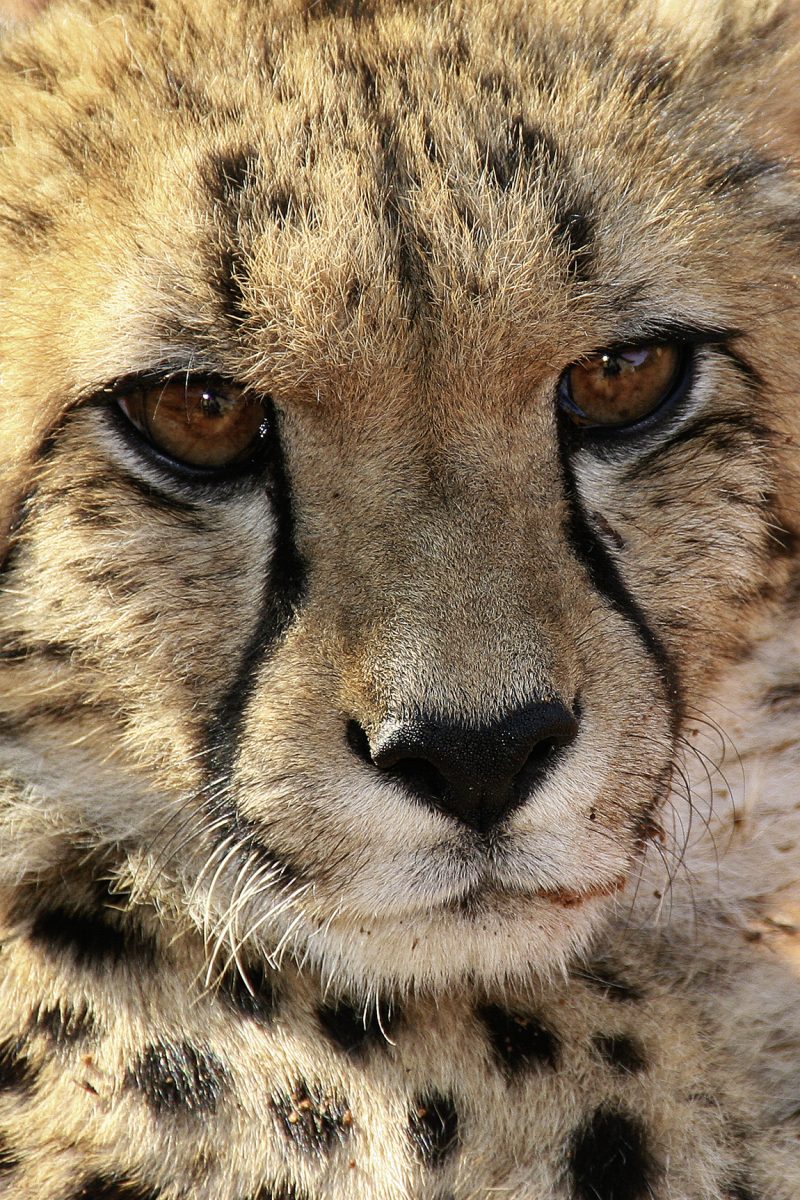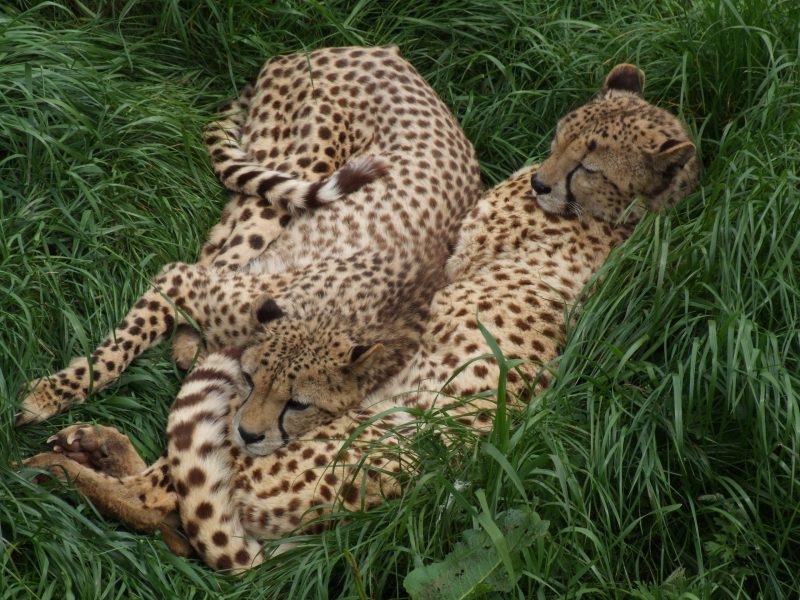Cheetah Outruns Humans And Challenges Machines
The Jamaican sprinter Usain Bolt, remarkably won the gold medal nine times at the Olympics. During the Olympics in 2016, Usain Bolt made $33 million in appearances, endorsements, and prize money. Following his continued success, Virgin Media, Gatorade, and Hublot were early to sponsor him. Many more corporations have signed on with him as well.
People have often wondered how the record-breaking runner, Usain Bolt, would fare against a cheetah. The animals even have an acceleration rate rivaling that of the sports car, Lamborghini. Because cheetahs are so fast, photographing them at that speed is nearly impossible. But the National Geographic did it when its Channel conducted a virtual race between Sarah, the cheetah, and Usain Bolt. They were curious to know what would have happened if the animal took part in the 100m final of the World Championship in 2009.
Cheetah outruns humans
The National Geographic team placed a virtual 11-year-old cheetah, Sarah, in the video beside Usain Bolt. When the gun went off, the cheetah zoomed past, crossed the line and shattered the record of the world for the 100-meter run in 5.65 seconds as opposed to Usain Bolt’s 9.95 seconds, that makes him look stodgy and sloth-like by comparison. That means Sarah the cheetah impressively finished a full four seconds ahead of Usain Bolt. That computer simulated sprint was the fastest 100-meter race so far run by anything on the planet. According to National Geographic, Bolt can run nearly 23.35 miles per hour, whereas a cheetah’s time equaled 70 miles per hour.
For the records, Usain Bolt took 9.95 and 19.19 seconds against the cheetah’s 5.65 and 6.9 seconds to run a 100- and 200-meter race respectively. It may appear as if the world-famous Usain Bolt may have accomplished all there is in the racing arena. However, beyond a shadow of the doubt, the cheetah is twice as fast as the top sprinter in the Olympics. The authorities at the National Geographic Wildlife determined that Usain Bolt would need a 40-meter gain to beat the cheetah. In short, Usain Bolt, the Jamaican Sprinter, will never outrun a cheetah, the fastest animal in the wild.
Magazine features Sarah
The Ambassador Program Founder at the Cincinnati Zoo, Cathryn Hilker, was the one who raised Sarah at a very young age. On a course established by the Cincinnati Zoo, the National Geographic magazine photographed Sarah and other cheetahs of the Cincinnati Zoo for a feature in one of its issues. For the handlers, technicians, and photographers, the day was hot and long and challenging.
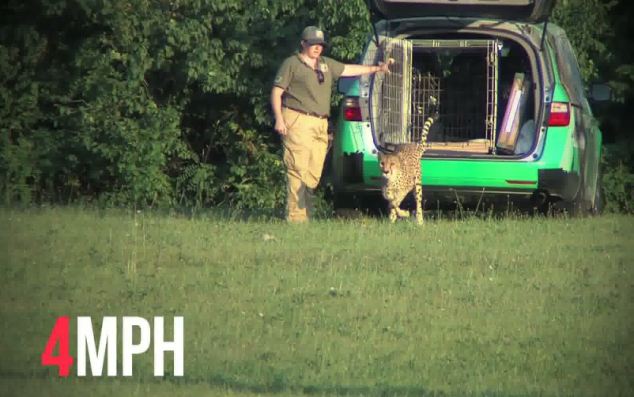
Over the course, the 100-meter times ranged from Sarah’s 5.95 seconds to 9.97 seconds Source: Daily Mail
During the day, each of the five cheetahs completed numerous sprints during the photo shoot. It was like a game for the cats, running out of the van and chasing toy dogs. The cheetahs regularly run for the crowds who are eager to witness one of the most adrenaline-charged spectacles, and so the animals are used to such sprints. Over the course, the 100-meter times ranged from Sarah’s 5.95 seconds to 9.97 seconds. Such periodic demonstrations outside the zoo are beneficial for the individual cheetahs. They get much-needed exercise. Over the years such outreach programs have helped raise over a million dollars for conservation.
Cheetah challenges machines
Robots are stronger and smarter than humans. They can lift thousands of pounds and can perform millions of calculations. A Pentagon-funded four-legged robot has set a new speed record proving that it can run faster than the fastest man, Usain Bolt. The quadrupedal machine named Cheetah built by master roboteers Boston Dynamics not only beat Usain Bolt’s record setting time but also topped its previous high speed. The engineers have refined the leg control algorithms and increased its power. But the company is looking to change even that, and soon. The robot-makers have been working to improve the coordination of back and legs so that they can develop a better control system.
The next step is to erect an untethered version, one with operator controls and an onboard engine that works in 3D. Although it may sound a little outlandish, Boston Dynamics’ earlier version, BigDog quadruped, could haul 400 pounds. The company also has Petman, a biped, that looks like a human, minus the head. The legs of these biologically-inspired robots can carry machines across such terrain that would leave tracks or wheels stuck. They could also perform civilian and military rescue missions in rough terrain.
Usain and cheetah
Usain Bolt, the fastest runner of the human kingdom, is renowned not only for his fastest sprints but also for his fastest pets. He has adopted the fastest sprinter of the animal kingdom, a cheetah. He welcomed into his life a 3-month-old baby cheetah named Lightning Bolt from Nairobi National Park. The young cheetah is among three of them rescued by Kenya Wildlife Service after their mother abandoned them. Thanks to the generous rescue effort, now Lighting Bolt is part of the famous sprinter’s family.
Before the adoption, Usain Bolt used to be scared of cheetahs because they could outrun him. The world record-holder nearly ran away when they asked him to cuddle Sharon, a fully-grown cheetah, for a photo shoot. He only changed his mind when he saw that Sharon was harmless. He further relented after feeding Lightning Bolt, his baby cheetah, with bottled milk while cradling it in his hand. Bolt became more comfortable later as he held his adopted fuzzy-headed cute critter, which was as big as an adult domestic cat.
The world record-holder pays an annual allowance to raise the cub formally. Lightning Bolt lives at Nairobi’s animal orphanage. Part of the money is used to protect the country’s endangered species, and part of it goes to the Kenya Wildlife Service. This sponsorship of the Jamaican sprinter is an effort to raise and boost the conservation efforts of its famous wildlife in Kenya, whose threats to survival include climate change, trophy hunting as well as growing human population and encroachment.
5 Frequently Asked Questions About Cheetah’s Running Speed
To receive a colourful digibook about cheetah with videos, images and text, please fill out the following form or simply email us on safaris@safari-center.com

